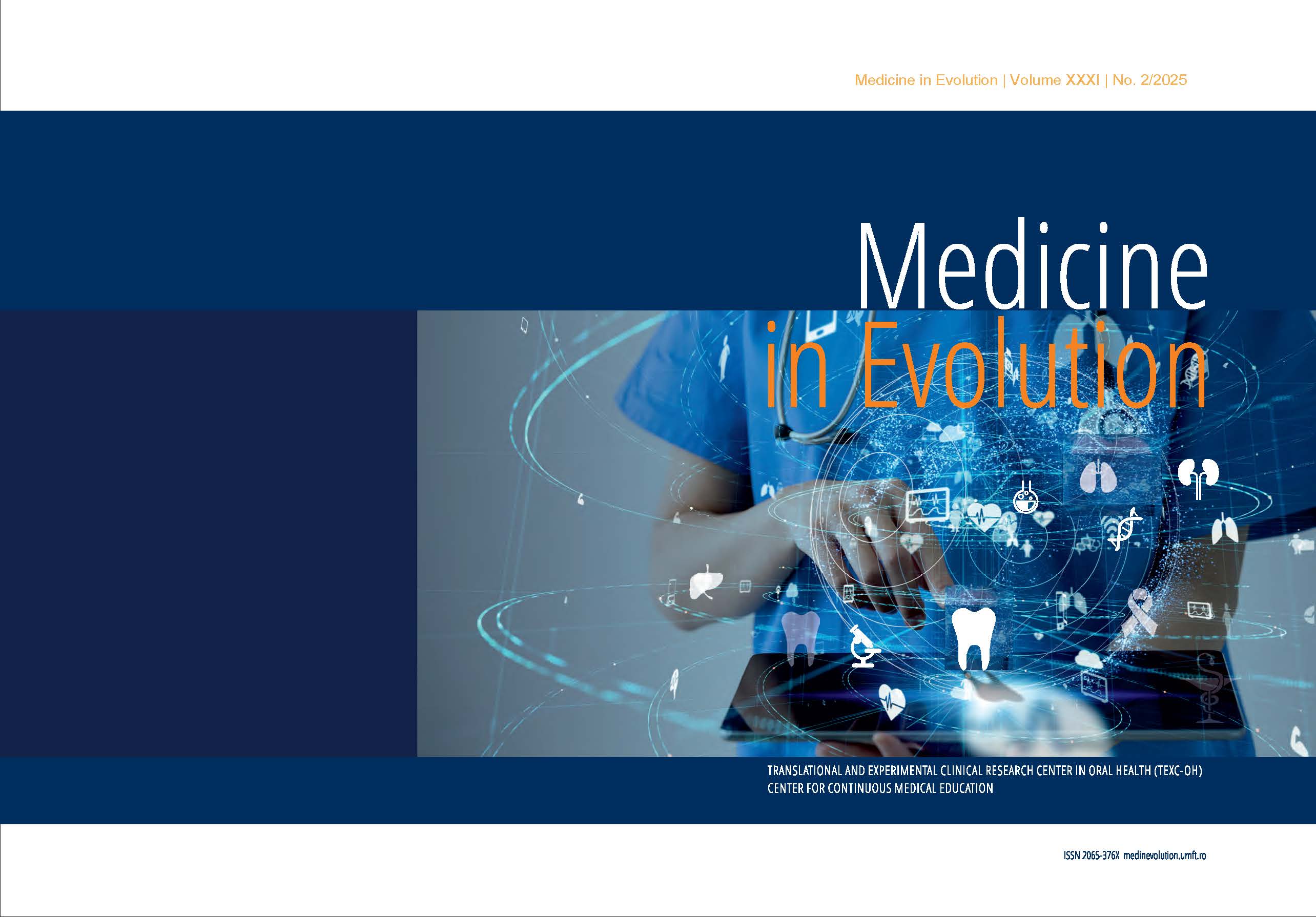Complementary Autofluorescence Imaging in the Diagnostic Evaluation of Oral Potentially Malignant Lesions: A Comparative Clinical Study
Main Article Content
Abstract
Background/Objectives: Oral cancer remains a significant global health concern, with early detection being essential for improving patient outcomes. This study aimed to evaluate the clinical utility of autofluorescence imaging as a complementary tool to conventional examination for identifying potentially malignant oral lesions. Methods: Thirty patients with clinically suspicious oral mucosal lesions were randomly assigned to two groups: one examined under conventional white light (control group), and the other using both white light and autofluorescence (experimental group). All cases were subsequently biopsied, and histopathological analysis was used as the diagnostic reference standard. Results: The autofluorescence-assisted group demonstrated a higher proportion of histologically confirmed malignancies (93.3%) compared to the control group (75.0%), suggesting greater diagnostic alignment with biopsy outcomes. Autofluorescence facilitated enhanced visualization of lesion borders and subtle mucosal changes, supporting its role in improving clinical assessment. Conclusion: Autofluorescence imaging appears to be a useful adjunct in the evaluation of suspicious oral lesions, offering better lesion detection compared to conventional examination alone. While not a substitute for biopsy, it may improve early identification and biopsy site selection. Further studies are needed to confirm these findings in larger populations.
Article Details

This work is licensed under a Creative Commons Attribution 4.0 International License.
